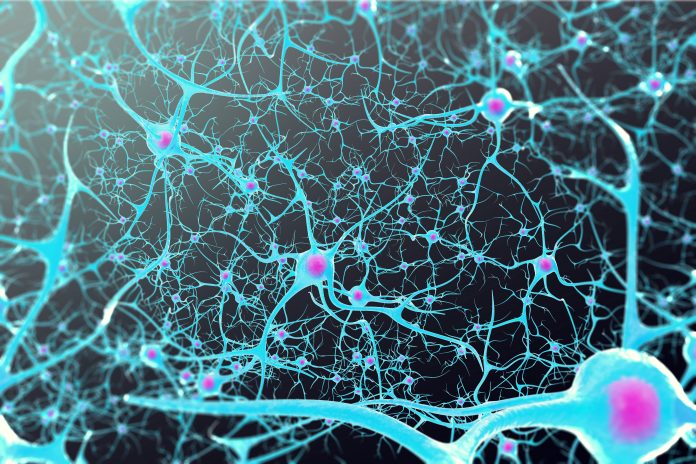
Genetic profiling of thousands of neurons from postmortem brain tissue of people with amyotrophic lateral sclerosis (ALS) and from healthy donors has revealed how a set of genes can cause neuronal loss in ALS and dementia frontal (FTD). The study, which was funded by the National Institutes of Health (NIH) and led by researchers at the Broad Institute of MIT and Harvard, was published in Natural Aging.
Amyotrophic lateral sclerosis (ALS) is a neurodegenerative disease characterized by progressive loss of motor function associated with degeneration of extraneurons/Betz cells (ETNs). The result of this degeneration of the brain and spinal cord leads to muscle weakness and paralysis, with most people diagnosed with ALS dying within three to five years.
The reason why these neurons are spontaneously affected is still unknown. Although previous research has identified a number of different genes that are associated with ALS, many cases of the neurological disease are sporadic, with no family history or known etiology, which has made developing models of the disease a major challenge.
But recent advances in single-cell analysis of brain tissue are beginning to yield new insights. In this study, “we used single-stranded RNA sequencing (snRNAseq) and an in vitro human stem cell model to investigate changes in cortical cell types in chronic ALS (sALS),” the researchers wrote. This analysis found high levels of ALS-FTD risk genes that were most prominent in Betz cells, motor neurons that express the THY1 marker. This was associated with disruptions in other neurons, which inhibited their ability to build, transport, and break down proteins. The genes associated with this are SOD1, KIF5A, and CHCHD10, some of the most well-known genes associated with ALS and FTD.
“Our analysis identified higher expression of ALS-FTD risk factors in a specific class of extratelelencephalic excitatory neurons,” the investigators noted. “In patients with ALS, these neurons and other subtypes of ETNs express high levels of genes linked to protein responses and RNA metabolism. We found that the neuronal excitatory effect is accompanied by a decrease in myelination-related transcripts in oligodendroglial cells and regulation of the reactive, inflammatory state in microglia.
Depletion of Betz cells is a hallmark of ALS and is thought to occur early in the development of ALS when symptoms first appear. Developing a better understanding of the loss of neurons in ALS and why these and other cells become vulnerable in the disease has the potential to provide new therapeutic targets that could slow, or even halt, the progression of ALS.
In addition to ETNs, the researchers also wanted to better understand how glial cells – cells that support neuron health – are also affected by ALS. Previous research has revealed that glial cells can become dysfunctional in ALS-damaged neurons and accelerate their death. For this study the team analyzed genetic data from two different types of glial cells and discovered genes associated with cellular stress and inflammation. The researchers noted that the changes they observed also involved microglia in multiple sclerosis and Alzheimer’s disease “suggesting that drugs to modulate myeloid cells in neurodegenerative diseases may provide the basis for new therapeutic approaches.”
However, the team said that more research is needed to determine whether the glial cell dysfunction they observed is a result of the neurodegeneration in ALS, or one of the causes.
“Our study suggests that neurocentric disease risk may trigger responses in other cell types, but it also shows that the upregulation of ALS-FTD-related genes in ETNs is linked to processes involving these genes in other cells as well, that is, microglia. ,” the researchers concluded. “This observation is the first insight into the disruption of cortical biology in ALS and provides a link between changes in cellular components and mechanisms associated with ALS. Future studies should focus on the multicellularity in ALS–FTD, where neuronal survival is of course important, but targeting other cells to reduce inflammation, promote myelination and strengthen the neurocircuitry may re-establish a neuroprotective environment.”
#Study #Discovers #Genes #Linked #Neuron #Loss #ALS